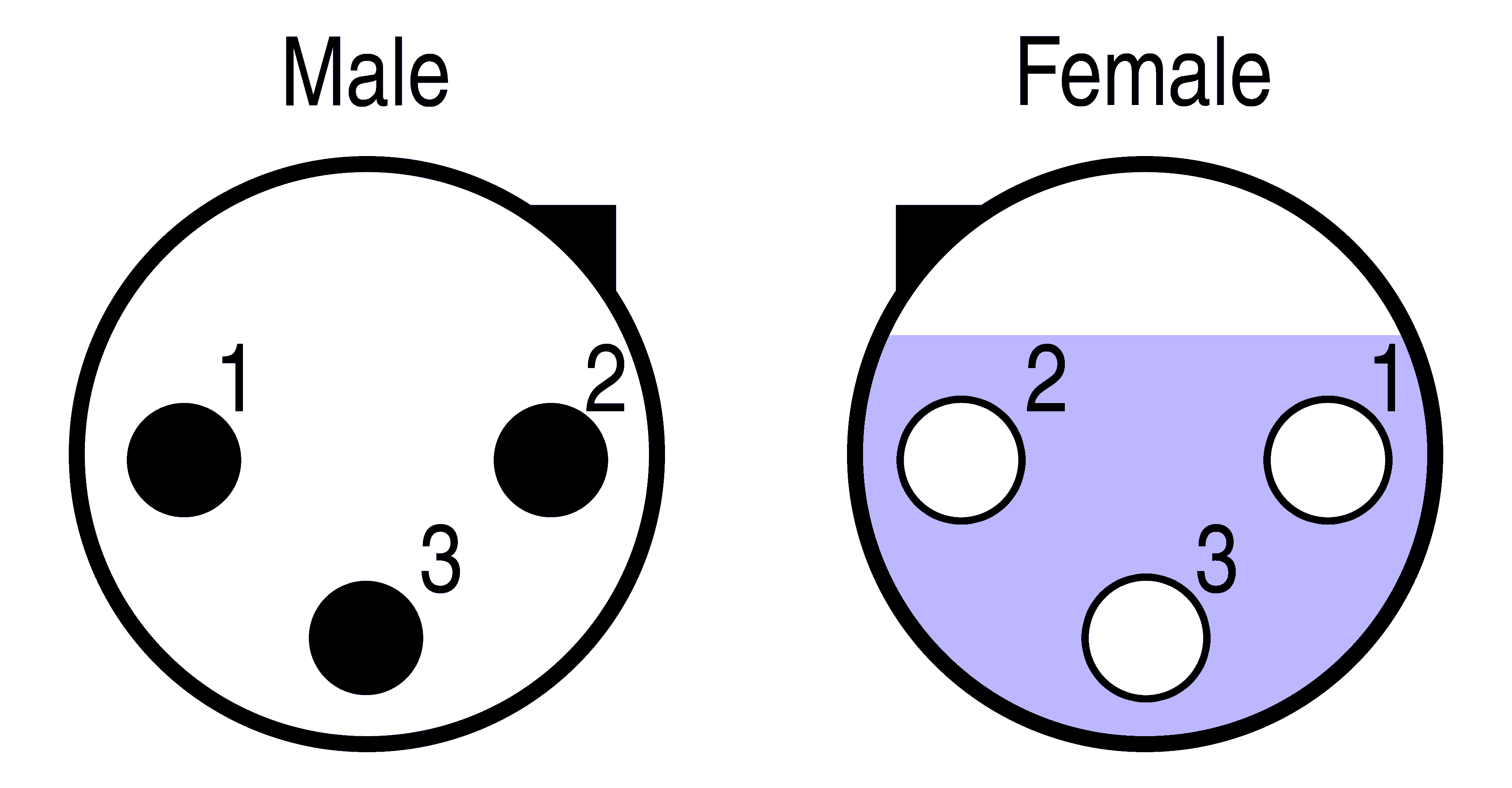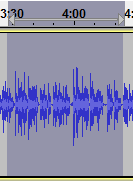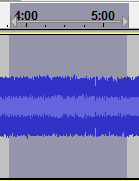Women are under represented in radio. In Ireland less than 1 in 4 voices in news / current affairs is female.
One possible contributor and untested reason for this is that the radio studio is not adjusted to the female voice. How could this be? Warning, here comes some sweeping generalisations.

Men build radio stations with microphones built by men, tested by men with male voices. Hmmm.
Are microphones not universal? some are but when it comes to high end studio microphones there are features that make some microphones more ideal than others for different uses. I extend the studio term beyond the radio studio for a moment and include recording studio, where microphone choice and gender and microphone positioning are considered when laying down a vocal track.
Are Male & Female voices similar? No, Male, Female & Children’s voice all have different frequency characteristics.
from voices.com
- A healthy male voice usually falls between 110-120 hertz
- A healthy female voice usually falls between 200-210 hertz
- Children’s voices usually fall between 300-400 hertz
Now, do the female voices we hear often on the radio (presenters/anchors rather than guest/contributors) have lower pitched voices than average pitch for women? I will let you answer that.
NPR looked at the Female Voice in a radio piece that is animated below.
NPR-Talking While Female from kellianderson on Vimeo.
But what is this all saying? Do we some how dislike the female voice once it has been optimised from a radio studio by audio processing built by men, tested my men, for male voices?
On the left is some spoken content recorded and not processed. On the right a recent FM broadcast of some spoken interview. Now I know I can not listen to processed audio for too long on headphones, the car is much better for long periods of listening to radio where all the levels have been equalised to death. What I suggest is that the female voice is best heard with much less processing (like Classical FM / Lyric FM) and with a mic’ing technique and microphone of suitable polarisation for the female voice and then radio will be less man mic’ed than it currently is.
This hypothesis needs more research.
Standard Disclaimer: I could be wrong, I could be right.

